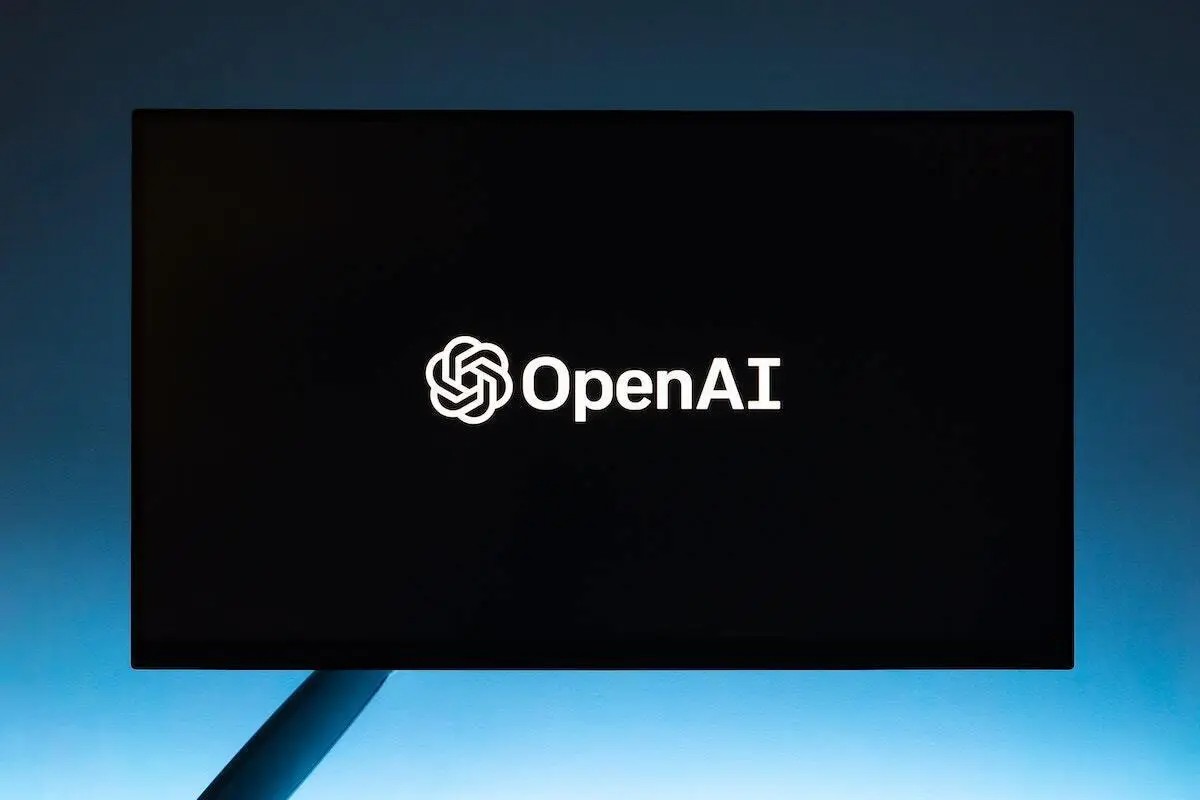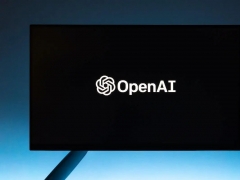
As data management continues to grow in complexity and modern applications push beyond traditional boundaries, AI is reshaping how we scale applications.
Not only does AI free operators from outdated, inefficient processes that require constant supervision and additional resources, but it also allows for real-time, adaptive optimization of scaling. The result? Enhanced efficiency and reduced costs for specific applications.
AI’s predictive capabilities ensure applications can scale effectively, improving both performance and resource allocation—this is a significant step forward compared to older methods.
Ahead of AI & Big Data Expo Europe, Han Heloir, EMEA Senior Solutions Architect for Generative AI at MongoDB, shared insights on the future of AI-powered applications and the pivotal role scalable databases play in supporting generative AI while streamlining business processes.
AI News: As AI-powered applications become more complex and expansive, what major trends do you see shaping the future of database technology?
Heloir: Many enterprises are eager to tap into the transformative power of generative AI. But building a strong, scalable technology foundation isn’t just about picking the right tools—it’s about creating systems that can grow and adapt to the rapidly evolving demands of AI, demands that are changing faster than traditional IT infrastructure can handle. That’s the hard truth we’re facing.
Current IT architectures are buckling under the sheer volume of data produced by increasingly interconnected systems. Traditional frameworks, built for less intensive exchanges, just can’t cope with the continuous data streams AI applications need for real-time responsiveness. Nor are they equipped to handle the range of data types now being generated.
Generative AI stacks are inherently complex, and each layer—from data sourcing to model deployment—adds functional depth and operational costs. Simplifying these stacks isn’t just about improving efficiency; it’s also a financial necessity.
AI News: What key factors should businesses consider when selecting a scalable database for AI-powered applications, especially generative AI?
Heloir: Flexibility, performance, and future scalability are critical. Here’s why:
As the variety and volume of data grow, the database needs to handle structured, unstructured, and semi-structured data types at scale. It’s important to choose a database that can manage this variety without relying on complicated ETL processes.
AI models depend on real-time data for training and inference, so low-latency database performance is essential for real-time decision-making.
As AI models and data volumes expand, the database must scale horizontally, allowing businesses to add capacity without causing significant downtime or performance issues.
Finally, seamless integration with machine learning and data science tools is crucial. Native support for AI workflows, like managing model data, training sets, and inference data, can significantly enhance efficiency.
AI News: What are the common challenges businesses face when integrating AI into their operations, and how can scalable databases help?
Heloir: There are several challenges, from managing the massive amounts of diverse data needed to build AI applications to scaling these efforts without overwhelming existing infrastructure. Even after building models, they need continuous updates and improvements.
A scalable database can simplify managing, storing, and retrieving these datasets. Its elasticity allows businesses to meet fluctuating demands while maintaining high performance. Additionally, scalable databases help shorten the time-to-market for AI innovations by enabling faster data ingestion and retrieval, which is critical for speeding up experimentation.
AI News: Could you share some examples of how collaborations between database providers and AI-focused companies are driving innovation?
Heloir: One of the biggest hurdles companies face in building generative AI solutions is keeping up with rapid technological advancements. Limited expertise and the complexity of integrating various components often slow innovation.
At MongoDB, we tackle these issues with our MongoDB AI Applications Program (MAAP), which helps customers move their AI applications from concept to production. We offer reference architectures and an integrated technology stack that collaborates with leading tech providers, professional services, and a unified support system.
Through MAAP, we classify customers into four groups—from those in the prototyping stage to those developing mission-critical AI applications—so we can provide tailored support. This approach simplifies the development of generative AI applications, fostering innovation while reducing complexity.
AI News: How does MongoDB support the needs of industries rapidly adopting AI-powered applications?
Heloir: One of the toughest challenges is ensuring the underlying infrastructure is robust enough for the task at hand.
Building AI-powered applications requires a database capable of managing complex data structures. With AI, the data complexity grows exponentially, which is a major hurdle for many organizations. MongoDB is specifically designed to tackle this, unifying source data, metadata, operational data, vector data, and generated data within a single platform.







